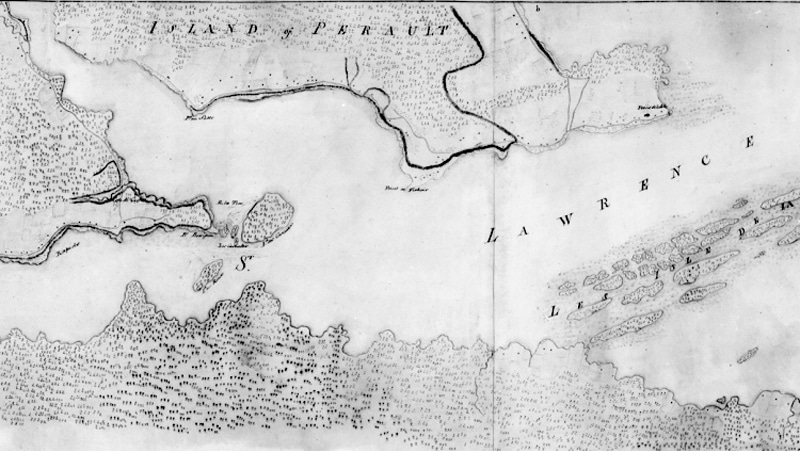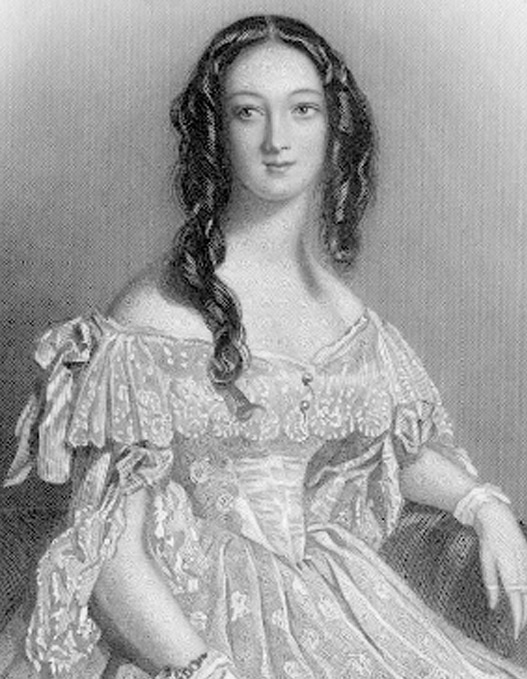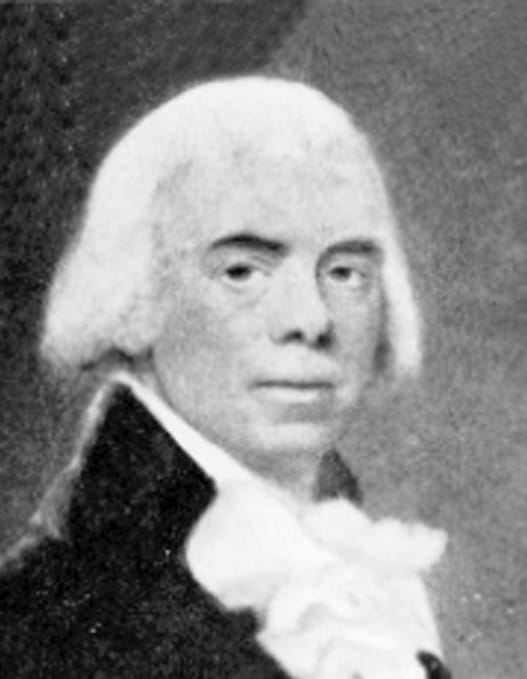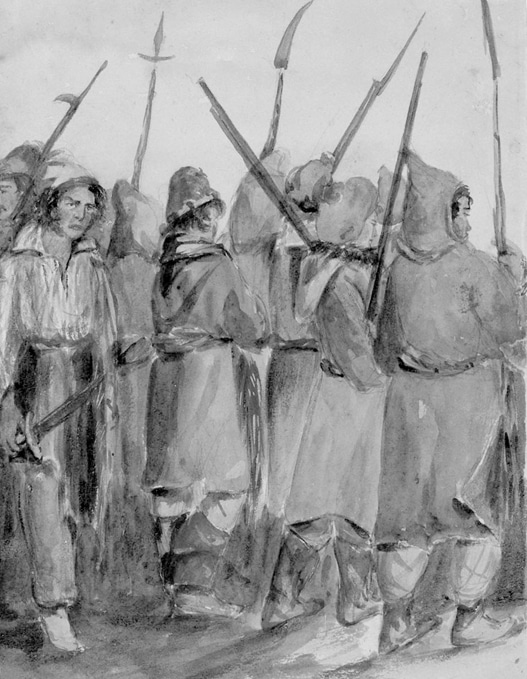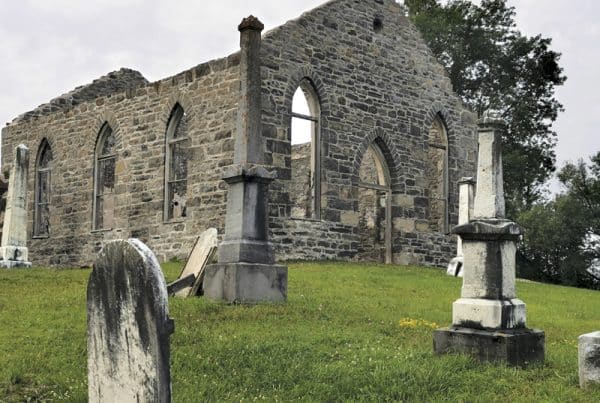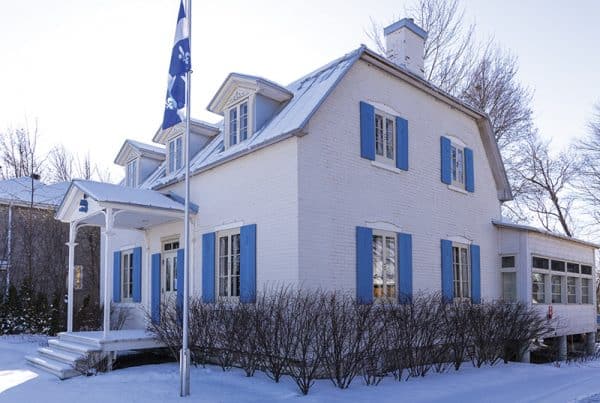In the past, the Beauharnois-Salaberry region as well as the Haut-Saint-Laurent were the property of a Lord. The region was then known as being the Seigneurie de Beauharnois and the Seigneurie Annfield. In 1800, the new Lord divided the land into sectors which he named in honor of each of his children. Did you know that Salaberry-de-Valleyfield was then known as Catherinestown?
( Photo Wikipedia)
In the days of New France, the Seigneurie de Beauharnois is illustrated as having the shape of a square. For a total area of 855 km, its dimensions represent 6 leagues in length by 6 leagues in depth.
Founded in 1729 by Victor Marie d’Estrées, Count and then Duke of Estrées, the Seigneurie de Beauharnois was sold in 1750 to Lord Michel Chartier de Lotbinière.
In 1795, the Seigneurie is taken over by Alexander Ellice. The man took possession of it for the sum of £ 9,000, or $ 15,622.96 CAD. According to the Official Data site, this amount would now represent $ 428,042.
Five years later, in 1800, Alexander Ellice had the Seigneurie surveyed and divided it into several sections. He also renames the Seigneurie in the name of his wife. The Seigneurie de Beauharnois then became Annfield. It should be noted that this change of name does not succeed in establishing itself in official documents since the mention of the Seigneurie de Beauharnois predominates over Annfield.
Through a manager, Alexander Ellice has a mansion built. Wishing to enlarge his Seigneurie, he buys most of the adjacent townships of Godmanchester and Hinchinbrooke.
Then, he renamed the rear fiefdoms of his Seigneurie in honor of the members of his family and delimited certain areas to be
developed. The territory is therefore divided and known under these concessions:
- Edwardstown (part of Sainte-Clothilde and Saint-Chrysostome)
- Annstown (Beauharnois)
- Catherinestown (Sainte-Cécile de Valleyfield, Saint-Stanislas-de-Kostka, part of Saint-Louis and Sainte-Barbe)
- Jamestown (Franklin)
- Helenstown (Saint-Timothée, as well as part of Saint-Louis)
- North Georgetown (lower Saint-Louis-de-Gonzague from Saint-Clément to Rang du 40, in Saint-Louis
- South Georgetown (Howick and part of Ormstown)
- Ormstown
- Marystown (part of Saint-Clément, Beauharnois, le Buisson and Melocheville)
- Williamstown (part of Sainte-Martine, Saint-Urbain and Sainte-Clothilde)
- Russeltown (part of Sainte-Clothilde and Saint-Chrysostome)
Alexander Ellice, a wealthy Scottish businessman does not reside there, preferring his London residence. The man knows North America well, making frequent trips to New York and Montreal for his imports. He died in 1804, leaving behind £ 450,000, the equivalent of $ 781,298.67 CAD. Based on calculated inflation, that would be over $ 21,407,565.20, today. His son Edward Ellice inherits the Seigneurie.
New owner of the Seigneurie Annfield, Edward Ellice immediately began to develop and occupy the territory. Thus, several settlers settled in different parts of the Seigneurie.
Edward Ellice visits his Seigneurie on a few rare occasions. He prefers to entrust management to agents who look after his interests. However, he does not hesitate to invest heavily in its development. In particular, by building schools, mills, roads, churches, a canal and a railway.
In the spring of 1838, he stayed in his Seigneurie. He was taken prisoner, along with his wife and sister-in-law, during the Patriots’ War. Following the incident, the couple swear they will never set foot in the area again.
A year later, Edward Ellice sold his Seigneurie to a man named Scot who kept it until 1844, when he sold it to London Land. The latter kept the title deeds until 1851. He sold them to none other than Edward Ellice. During the next 15 years, he sets foot in his Seigneurie on only one occasion.
Thus, in 1866, Edward Ellice sold his Seigneurie to the Montreal Investment Association. The Seigneurie immediately became the property of the Montreal Investment Trust, which retained the titles until 1940.



